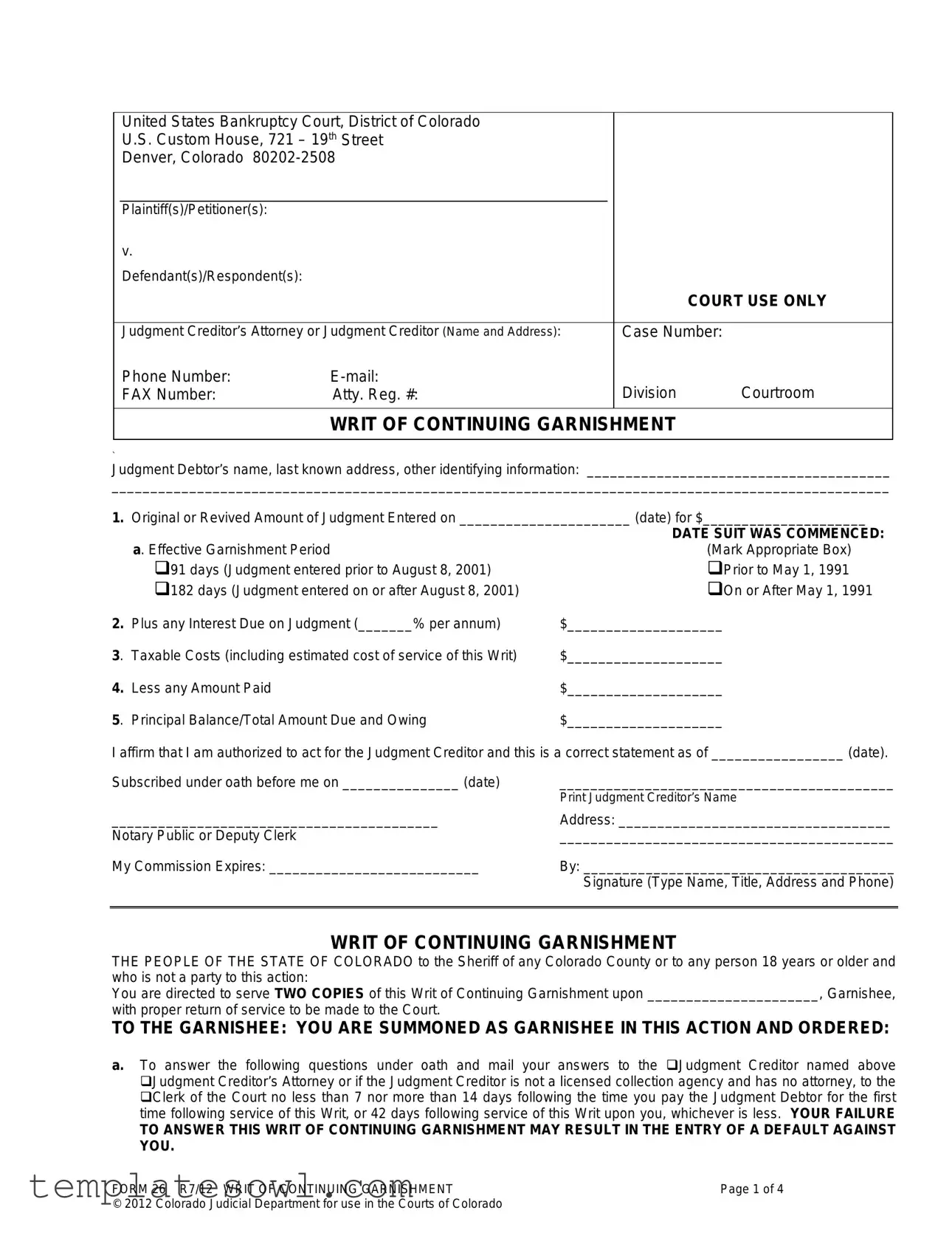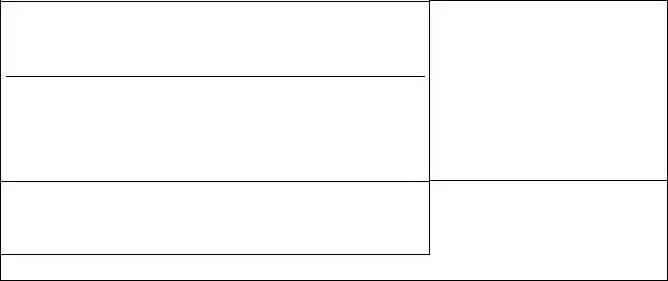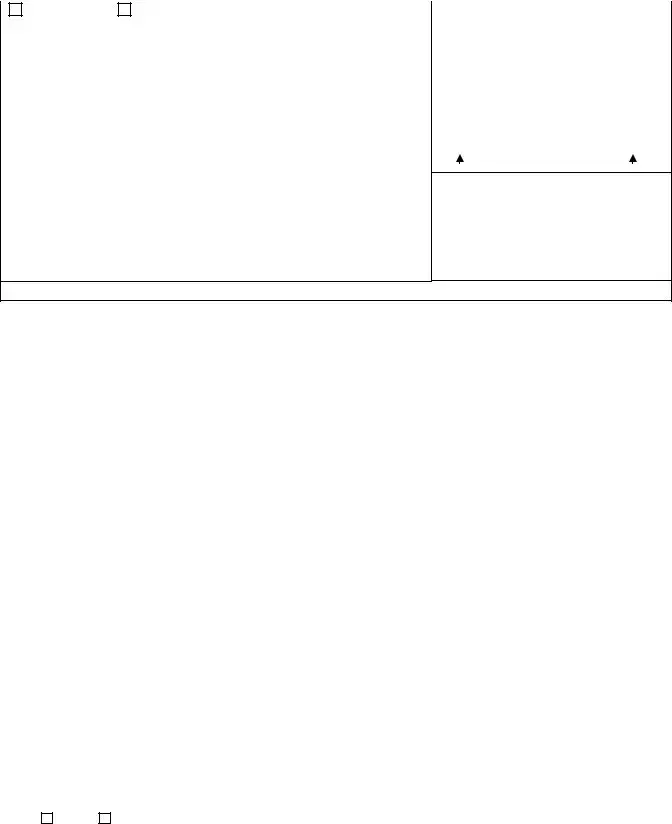b.To pay any nonexempt earnings to the party designated in “e” below no less than 7 nor more than 14 days following each time you pay the Judgment Debtor during the effective Garnishment Period of this Writ and attach a copy of the Calculation of the Amount of Exempt Earnings used (the Calculation under “Questions to be Answered by Garnishee” should be used for the first pay period, and one of the multiple Calculation forms included with this Writ should be used for all subsequent pay periods).
c.To deliver a copy of this Writ, together with the Calculation of the Amount of Exempt Earnings and a blank Objection to Calculation of the Amount of Exempt Earnings form, the first time you pay the Judgment Debtor.
d.To deliver to the Judgment Debtor a copy of each subsequent Calculation of the Amount of Exempt Earnings each time you pay the Judgment Debtor for earnings subject to this Writ.
e.MAKE CHECKS PAYABLE AND MAIL TO: Judgment Creditor named above; Judgment Creditor’s Attorney or if the Judgment Creditor is not a licensed collection agency and has no attorney; to the Clerk of the _______________ Court Name: __________________________________________________________________________________________
Address: ___________________________________________________________________________________________________
PLEASE PUT THE CASE NUMBER (shown above) ON THE FRONT OF THE CHECK.
CLERK OF THE COURT |
By Deputy Clerk: ________________________________ |
Kenneth S. Gardner |
Date: ______________________________________ |
NOTICE TO GARNISHEE
a.This Writ applies to all nonexempt earnings owed or owing during the Effective Garnishment Period shown on Line 1a on the front of this Writ or until you have paid to the party, designated in paragraph “e” on the front of this Writ, the amount shown on Line 5 on the front of this Writ, whichever occurs first. However, if you have already been served with a Writ of Continuing Garnishment for Child Support, this new Writ is effective for the Effective Garnishment Period after any prior Writ terminates.
b.“Earnings” includes all forms of compensation for Personal Services. Also read “Notice to Judgment Debtor” below.
c.In no case may you withhold any amount greater than the amount on Line 5 on the front of this Writ.
QUESTIONS TO BE ANSWERED BY GARNISHEE
Judgment Debtor’s Name: |
|
Case Number: |
The following questions MUST be answered by you under oath:
a.On the date and time this Writ of Continuing Garnishment was served upon you, did you owe or do you anticipate owing any of the following to the Judgment debtor within the Effective Garnishment Period shown on Line 1a on the front of this Writ? (Mark appropriate box(es)):
1.WAGES/SALARY/COMMISSIONS/BONUS/OTHER COMPENSATION FOR PERSONAL SERVICES (Earnings)
2.Health, Accident or Disability Insurance Funds or Payments
3.Pension or Retirement Benefits (for suits commenced prior to 5/1/91 ONLY - check front of Writ for date)
If you marked any box above, indicate how the Judgment debtor is paid: weekly bi-weekly semi-monthly
monthly other The Judgment Debtor will be paid on the following dates during the Effective Garnishment Period shown on Line 1a (front of this Writ):________________________________________________________________
b.Are you under one or more of the following writs of garnishment? (Mark appropriate box(es)):
4.Writ of Continuing Garnishment (Expected Termination Date: ___________________________________)
5.Writ of Garnishment for Support (Expected Termination Date: ___________________________________)
c.If you marked Box 1 and you did NOT mark either Box 4 or 5, complete the Calculation below for the “First Pay Period” following receipt of this Writ. If you marked either Box 4 or 5, you must complete Calculations beginning with the first pay period following termination of the prior writ(s).





